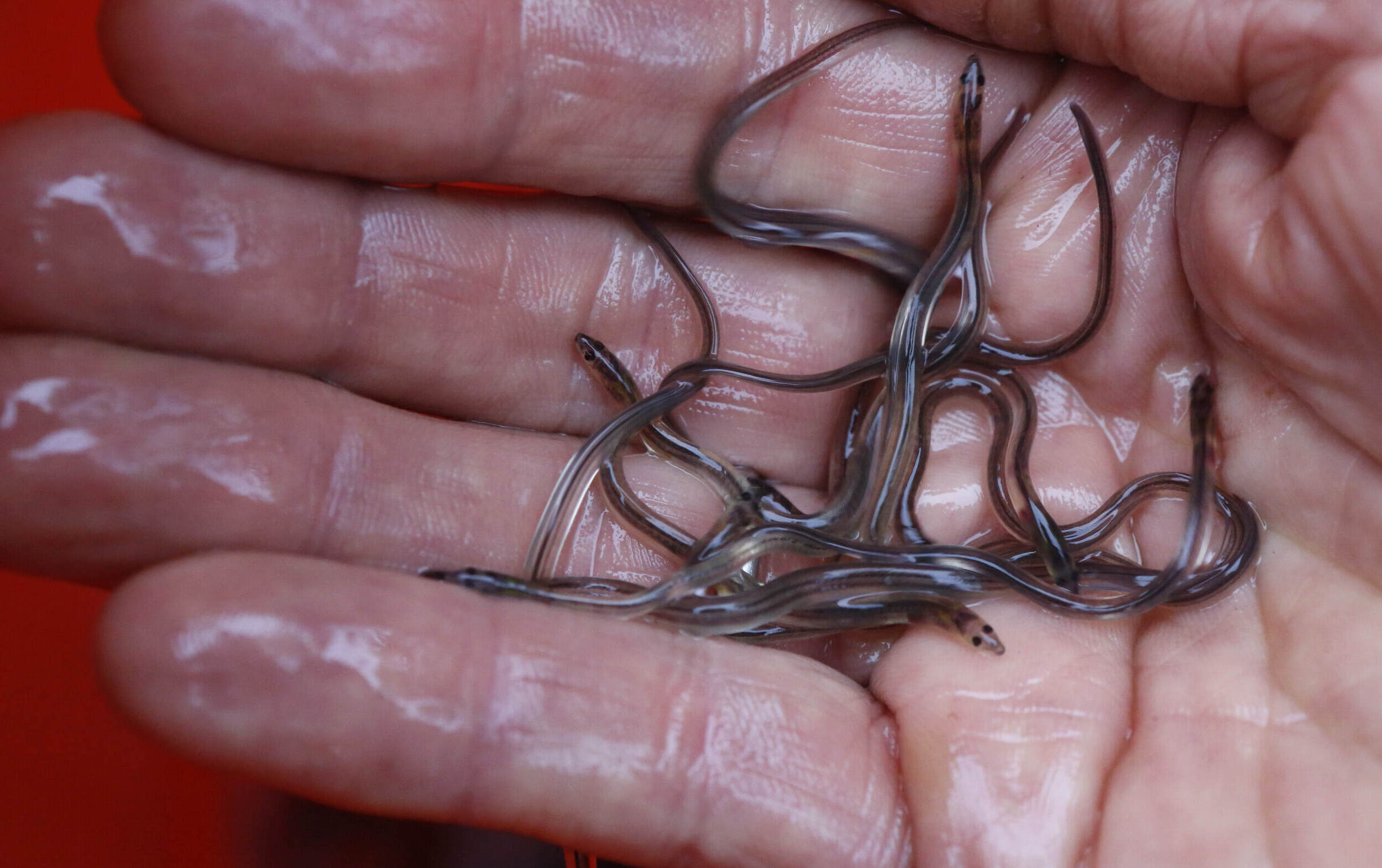
Elvers, often shrouded in mystery, are young eels that have captured the curiosity of many. These slender, transparent creatures embark on an incredible journey from the Sargasso Sea to freshwater rivers across Europe and North America. Elvers are not just fascinating for their migration; they play a crucial role in aquatic ecosystems and have become a sought-after delicacy, fetching astronomical prices in culinary markets. However, this demand has led to challenges, including overfishing and illegal trading, threatening their populations. In this introduction, we'll unveil 12 captivating facts about elvers, shedding light on their life cycle, ecological importance, and the controversies surrounding their trade. Join us as we delve into the intriguing world of these tiny, yet significant creatures.
What Are Elvers?
Elvers are young eels, specifically the juvenile stage of the eel's life cycle that follows the larval stage. These tiny, transparent creatures embark on a remarkable journey from their birthplace in the Sargasso Sea to freshwater rivers and streams across Europe and North America.
- Elvers are also known as glass eels due to their translucent bodies. This unique appearance allows them to evade predators during their migration.
The Journey of Elvers
-
Every year, elvers travel thousands of miles from the Sargasso Sea, where they are born, to reach their freshwater homes. This migration is one of nature's great spectacles, showcasing their resilience and determination.
-
Upon reaching freshwater, elvers undergo a transformation. Their bodies darken as they adapt to their new environment, marking the transition from glass eel to elver.
Why Are Elvers Important?
-
Elvers play a crucial role in aquatic ecosystems. As they grow into adult eels, they become key predators, helping to maintain the balance of species within their habitats.
-
In some cultures, elvers are considered a delicacy. This has led to a high demand for them in culinary markets around the world, particularly in Spain and Japan.
The Challenges Elvers Face
-
Despite their importance, elvers face numerous threats. Habitat loss, pollution, and barriers like dams hinder their migration and reduce their populations.
-
Overfishing is another significant threat. The high market value of elvers has led to illegal fishing practices, further endangering their numbers.
Conservation Efforts
-
To protect elvers and ensure their survival, various conservation measures have been implemented. These include regulating fishing quotas, improving river habitats, and removing barriers to migration.
-
Tagging and monitoring programs have also been established to track elver populations and study their migration patterns. This data is crucial for developing effective conservation strategies.
The Fascinating Biology of Elvers
-
Elvers possess an incredible ability to adapt to different salinities. They can live in both freshwater and saltwater environments, a trait known as euryhalinity.
-
Their diet changes as they grow. While elvers primarily feed on small particles like plankton, adult eels will eat a variety of prey, including fish and invertebrates.
-
The life span of eels is quite remarkable. After spending years in freshwater, they return to the Sargasso Sea to spawn and then die, completing their life cycle. This migratory pattern remains one of the most intriguing aspects of their biology.
A Final Glimpse at Elvers
Elvers, those tiny, transparent eels, have swum through our discussion, revealing their world in surprising detail. From their mysterious oceanic birthplaces to their perilous journeys to freshwater homes, these creatures embody resilience and intrigue. Their value, soaring into the thousands for a single kilogram, underscores not just a culinary demand but a complex ecological and economic web. Efforts to sustain their populations remind us of the delicate balance between human desires and environmental health. As we've seen, elvers are more than just seafood; they're a fascinating study in survival, adaptation, and the global connections that bind us to the smallest of sea creatures. Let's carry forward this newfound understanding, recognizing the significance of even the most unassuming parts of our natural world.
Was this page helpful?
Our commitment to delivering trustworthy and engaging content is at the heart of what we do. Each fact on our site is contributed by real users like you, bringing a wealth of diverse insights and information. To ensure the highest standards of accuracy and reliability, our dedicated editors meticulously review each submission. This process guarantees that the facts we share are not only fascinating but also credible. Trust in our commitment to quality and authenticity as you explore and learn with us.


